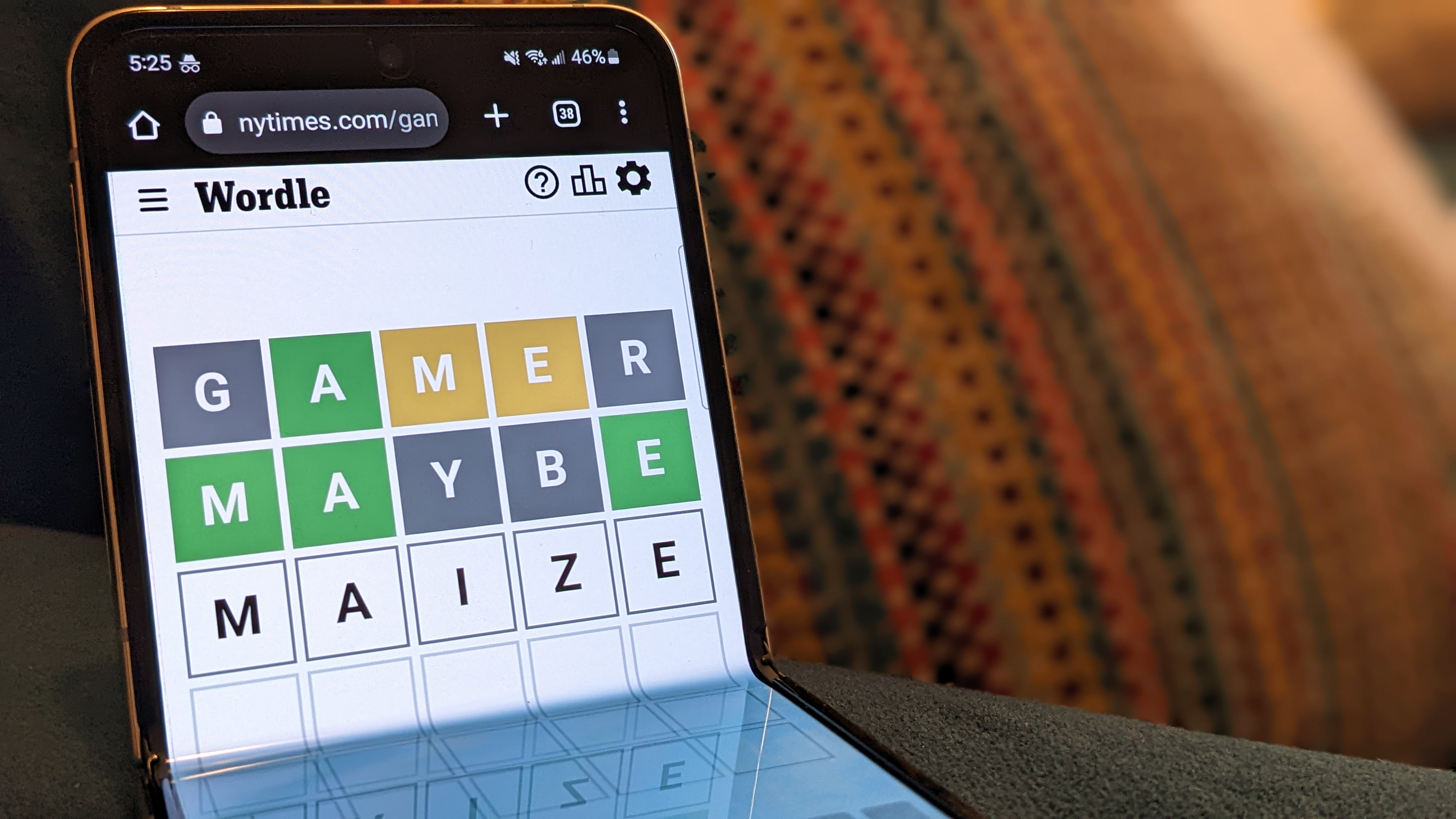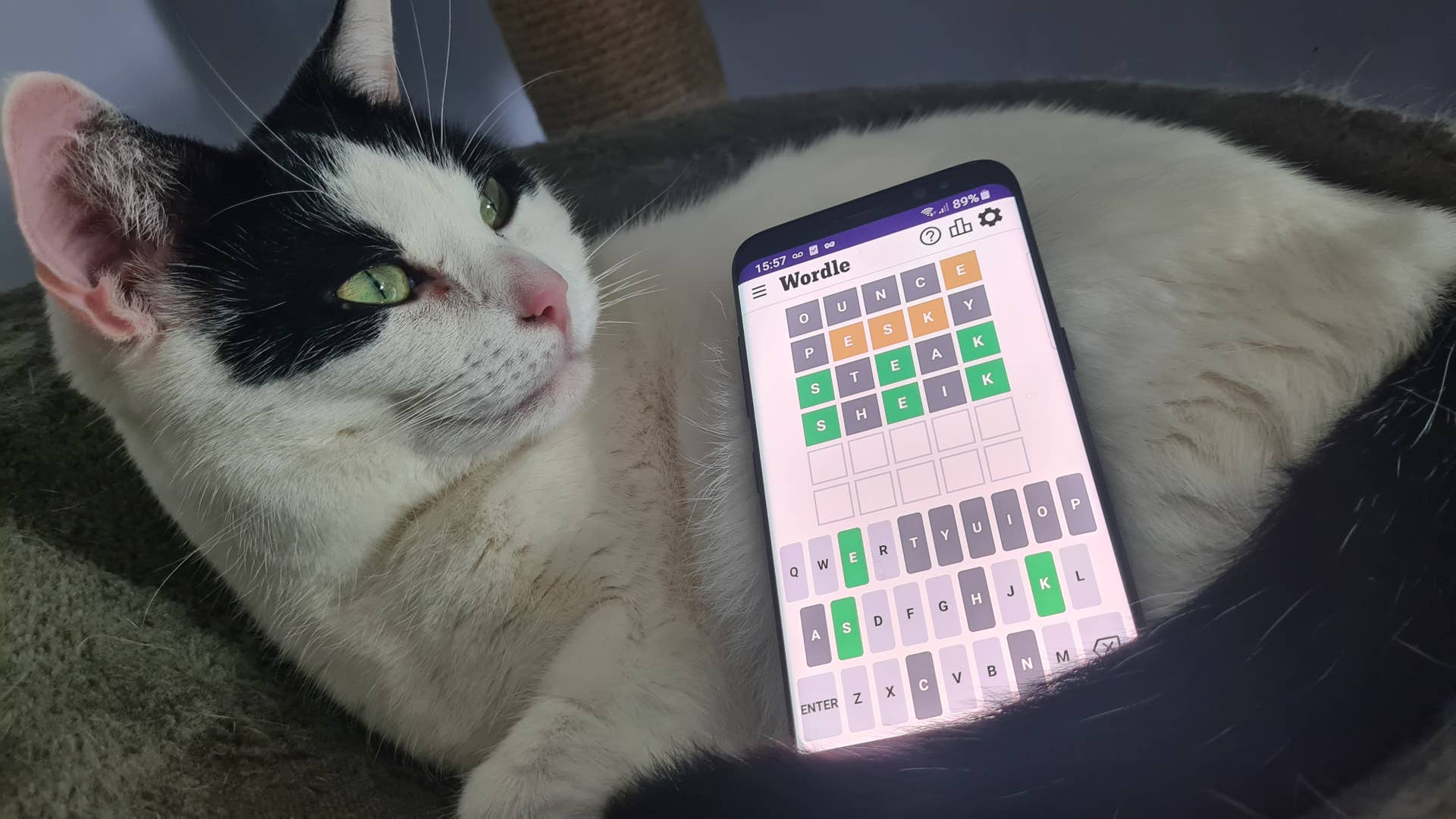
Dead Cells: The Rogue-Lite Board Game Review

Video games used to thrive on their iterative feedback loops: a short run, from which you’d learn new skills, then repeat to put those skills into practice and hopefully get a bit further. It’s a powerfully addictive model that gave retro games a big part of their appeal and, while gaming has become bigger and better since, there are still games that leverage it effectively, such as Dead Cells. In theory, that iterative model should work just as well on tabletop, and now you can find out with this board game adaptation.
What’s in the Box
Dead Cells comes in a suitably coffin-heavy box which, once you slide off the lid, greets you with a series of instructions on how to organize the contents. This involves sorting through a tower of cards, putting them into different groups, and then using dividers to store them in the box for easy access to each group when you need it. In addition, there’s a lot of cardboard tiles to punch and, again, sort into groups and place into provided compartments in the box. It’s a great insert that makes setting up the game much easier, but it will absolutely need to be shelved horizontally: everything will tip out and mix with the box on its side.
With that done, you can turn your attention to the rest of the contents. This mostly consists of a series of small boards. There’s no central game board here, rather a separate one for each environment you’ll have to traverse, plus a combat board and an annexe board which are used to organize the components you’ll be using during each game.
For between games there’s the mutation board, a peculiar artefact covered in fixed polythene pockets to store cards permanently: you’ll fill some of these during the card organization step. Finally, there are boards for players to use to track the status of their characters, together with some reference sheets, tokens and a standee that’s used to track the party’s position.
All the components are decent quality, and the comic-book style art is cohesive and fits the game very well, conjuring up the same look and feel as the original video game while still managing to appear distinctive. There are a few missteps in the text however, as the rules and player aids could be a lot clearer.
Rules and How It Plays
Each player takes a character and their starting combat deck and then the team, represented by that single standee, ventures into the board for the first “biome” of the game, the Prisoner’s Quarters. This is a simple path of interlinked spaces, with a couple of decision points, and each space has a face-down tile hinting at what might be found there, such as treasure, or enemies. This is a cooperative board game, but one player is designated as the first player and they get to make decisions for the group while they’re wearing that crown. Certain spaces or actions change who is currently first player, and it’s a neat solution to the cooperative dilemma of having the most experienced or bossy participant order the group round.
As you move into the space you resolve the encounter tile, allowing you to pick up that treasure, or fight enemies, although there are a few board features that vary the mix up a bit like merchants, where you can buy stuff, and skill checks, which let you gamble a card for a small bonus. Most spaces will see you facing off against foes drawn from a deck specific to the biome you’re in. Each card marks that enemy’s health, starting position on the combat board, and actions over three rounds of combat, and a reward for defeating them. Players then choose cards, each of which shows what they’ll do over each of those three rounds. You then run each of the rounds deterministically: hearts do damage and the aim is to try and knock out enemies before they can take damaging actions.
There’s a lot more to combat than this. Some attacks can hit different positions on the board and, as well as damage, there are effects like bleed, fire and poison. Players also have skills – different for each character – they can employ, and equipment can add extra actions to the palette. This makes every single combat a fascinating tactical puzzle, based on the card you have. There is one peculiar wrinkle: to ensure exactly three player cards get used in each fight, two- and four-player sessions see someone doubling up or missing out, which makes Dead Cells: The Rogue-Like Board Game feel like it’s really a one- or three-player game, no matter what it says on the box.
Fighting is also remorselessly lethal. The Prisoner’s Quarters features enemies that can easily put out 2-3 hearts of damage in a single combat, you’ll face two or three of them at a time, and each character starts with 3 life. If a single player dies, it’s game over. In all likelihood, you won’t even make it half way through the Quarters on your first play. At which point, the reason you spent all that time sorting cards in the box begins to become apparent.
During play you’ll collect various rewards, such as gold teeth you can spend at merchants, equipment and so on. But you’ll lose these at the end of each run. A far more valuable currency is dead cells, because these can be spent at the conclusion of a session to buy new stuff that’s permanent. It might be some upgraded combat cards, the chance to start play with a random piece of equipment, or even a one-off shot that kills an enemy, but each gives you an incrementally higher chance of surviving for another space, potentially earning more cells, and eventually getting you to the exit door that leads to the next board, the Toxic Sewers.
Once you’ve made that goal, another card type you can collect as a reward, blueprints, come into play. These are upgraded equipment options that you can shuffle into your equipment deck if you finish a run with them. Again, incremental improvements lead to longer survival and the chance for more goodies. While there’s a great deal of gambling involved in whether you get good rewards or not, some do offer the chance for strategic fine-tuning, such as the choice of which inferior starting equipment cards to permanently can, or which character is best-suited to a particular upgrade.
Again, like combat, there’s a whole lot more to this system, including the collection of runes that act as prerequisites for more abilities. You store it all on the cleverly designed inter-biome board which has poly pockets in which to keep permanent upgrades, making it relatively easy to tear the game down and set it up again. And that’s fortunate, because the problem with Dead Cells: The Rogue-Lite Board Game is that it’s a board game, not a video game. On screen, the feedback loop for putting those tiny iterative advancements into play takes five minutes. On the table, while the rules replicate that feeling magnificently well, it takes twenty minutes to half an hour.
This might be okay if you got more stuff on each run, or if you had more control over your fate. But the initial gains are frustratingly small and it’s quite common to draw a selection of enemies that will end your run despite your best efforts, just because you don’t have the required cards to deal with them. Eventually, once you make it through the Toxic Sewers, there’s a boss to fight which adds some new challenges and excitement but it can easily take 10 plays, several hours of table time, before you get that far, and each of those 10 plays you have to run through the Quarters and the Sewers, seeing encounters you’ve already seen. It doesn’t take that long before even the enjoyable combat system starts to lose its shine.
As you get further into the campaign you start to ignore the earlier boards so the issue doesn’t get incrementally worse, but there’s still an awful lot of repetition. It’s enlivened by new encounters and equipment, the constant trickle of new and better gear and skills to incorporate into your games and even some secret envelopes to open if you get far enough, yet the sense of deja vu each time you open up a familiar biome board is palpable.
Where to Buy
More Board Games Inspired by Video Games:
You can also check out our list of the best board games based on video games for more recommendations.












